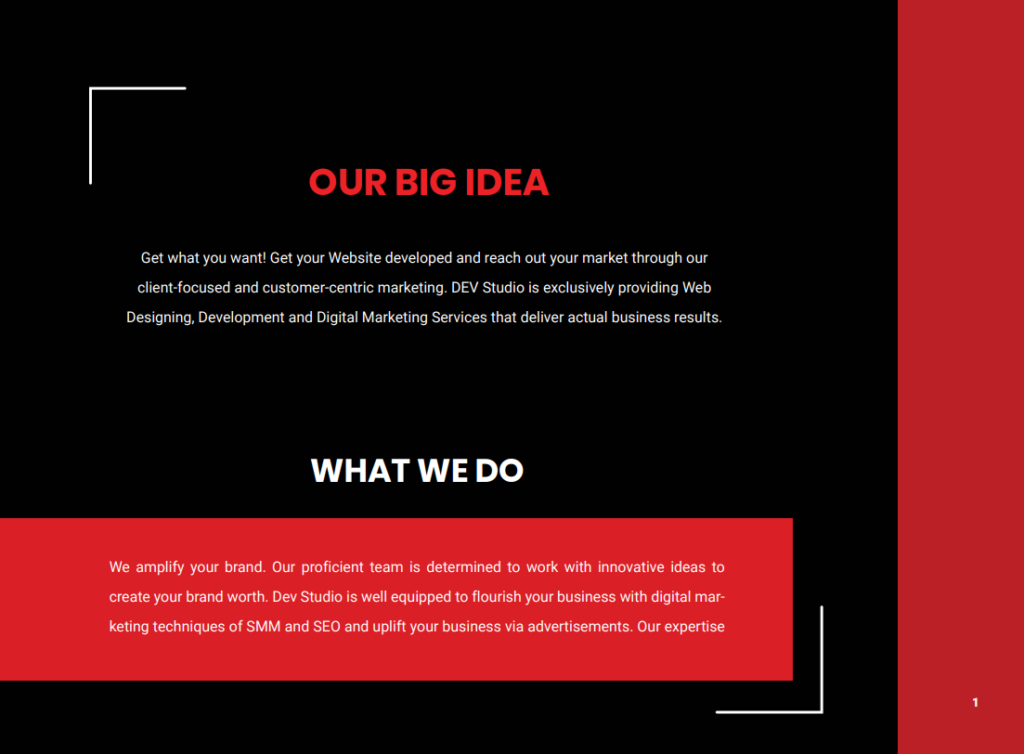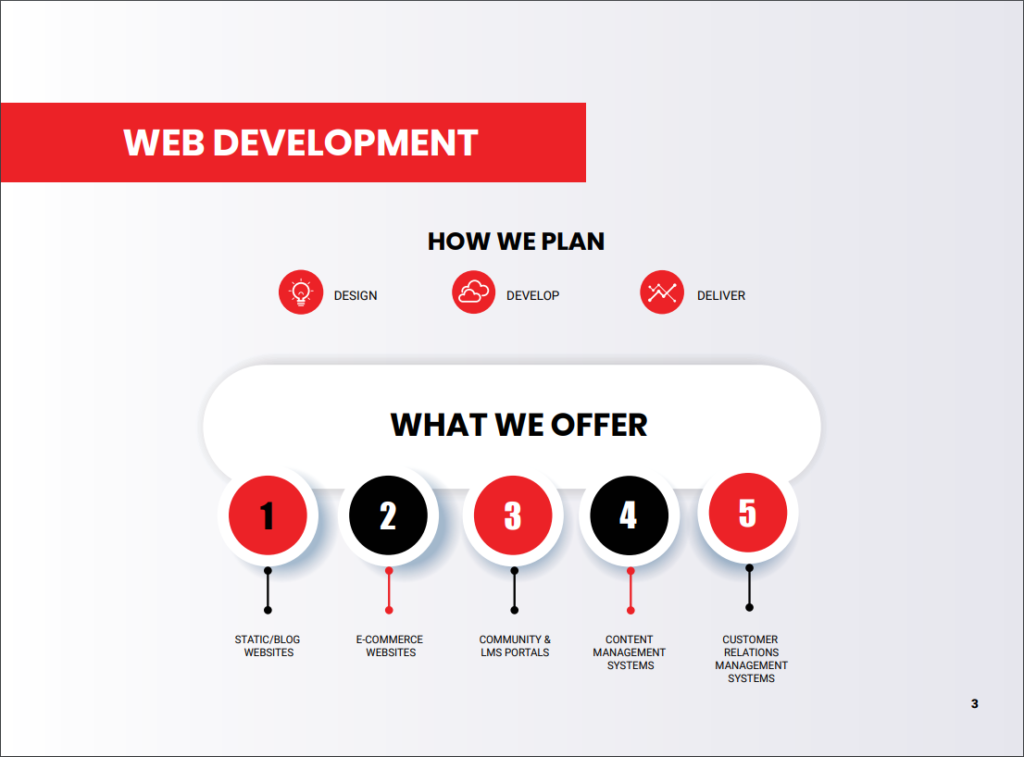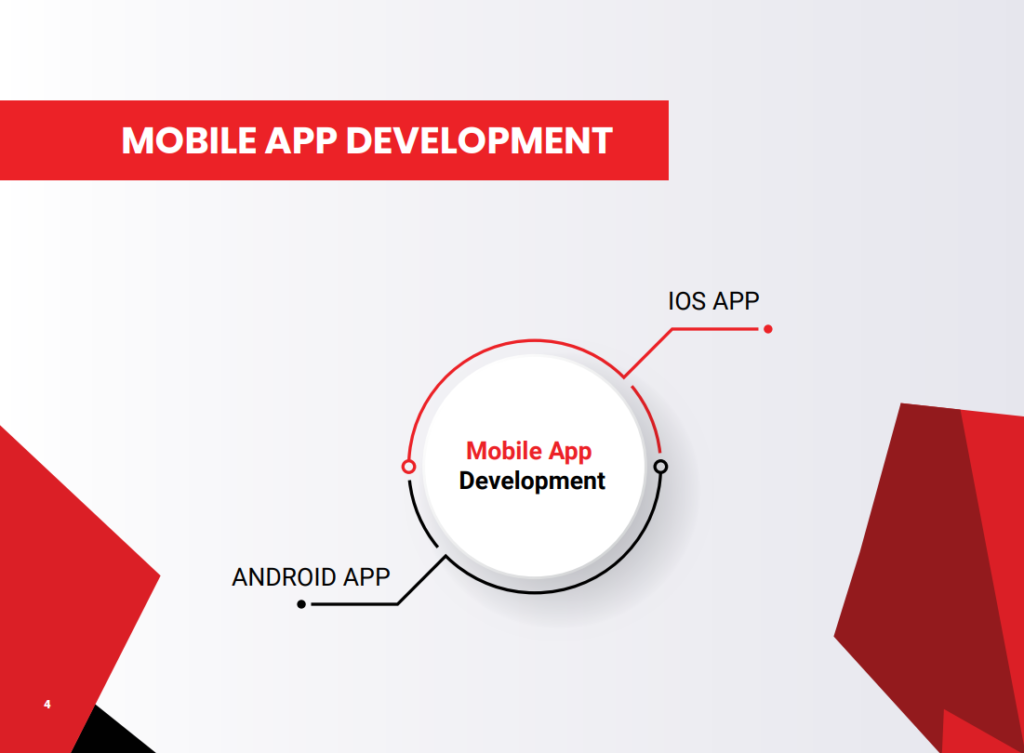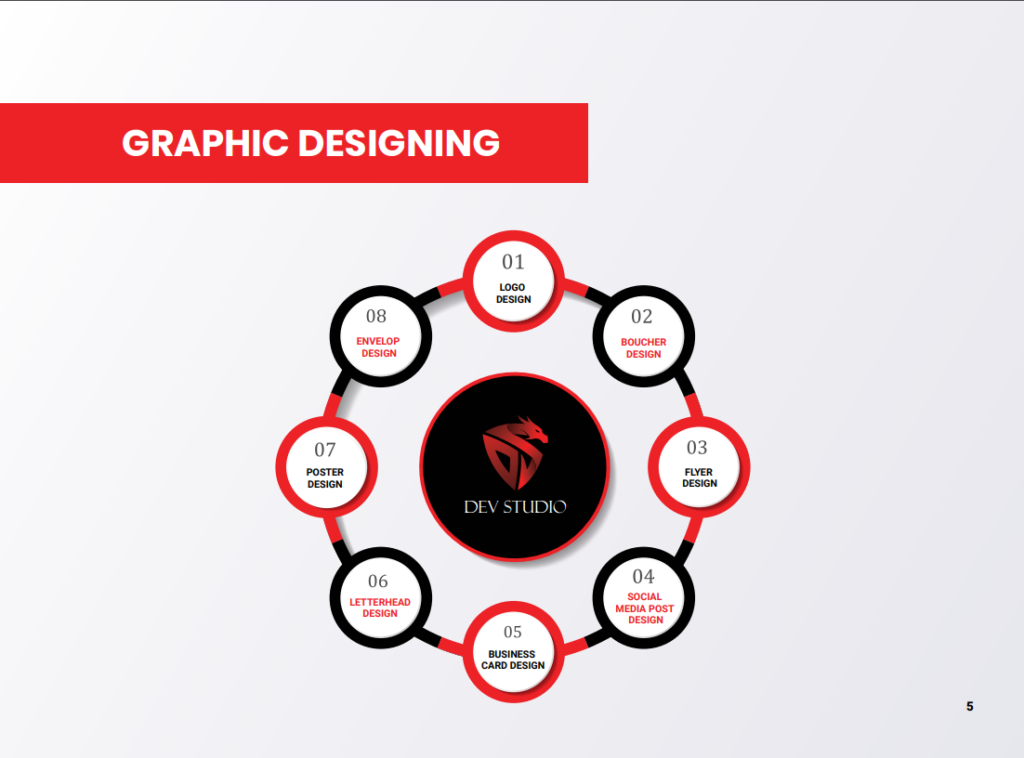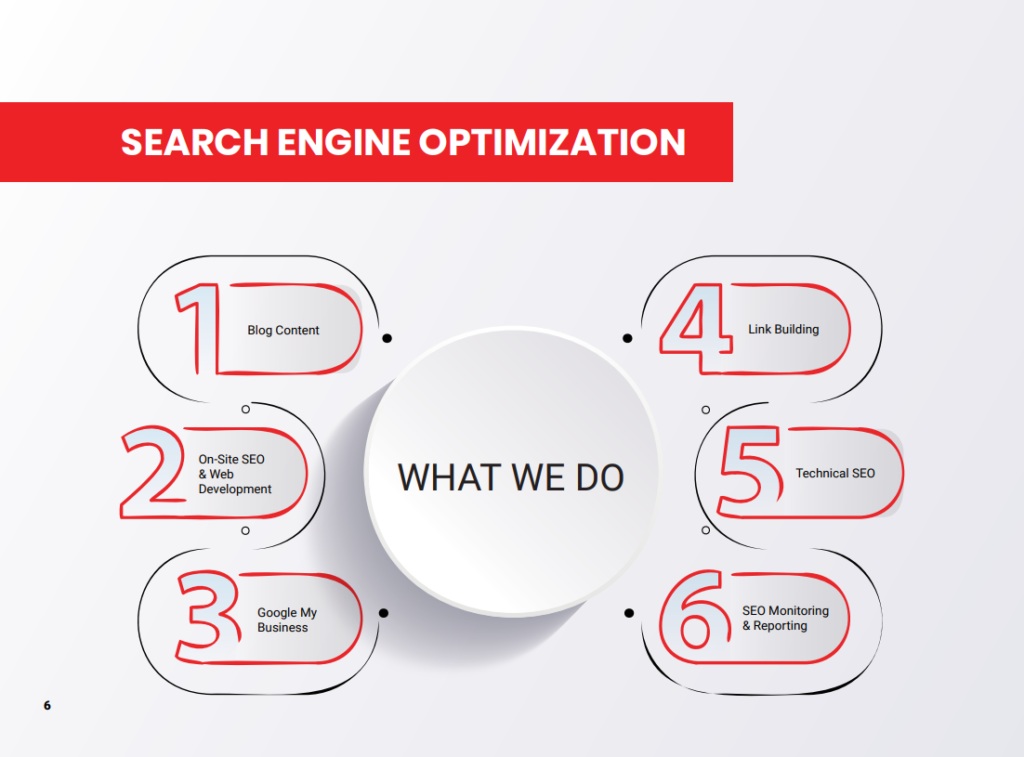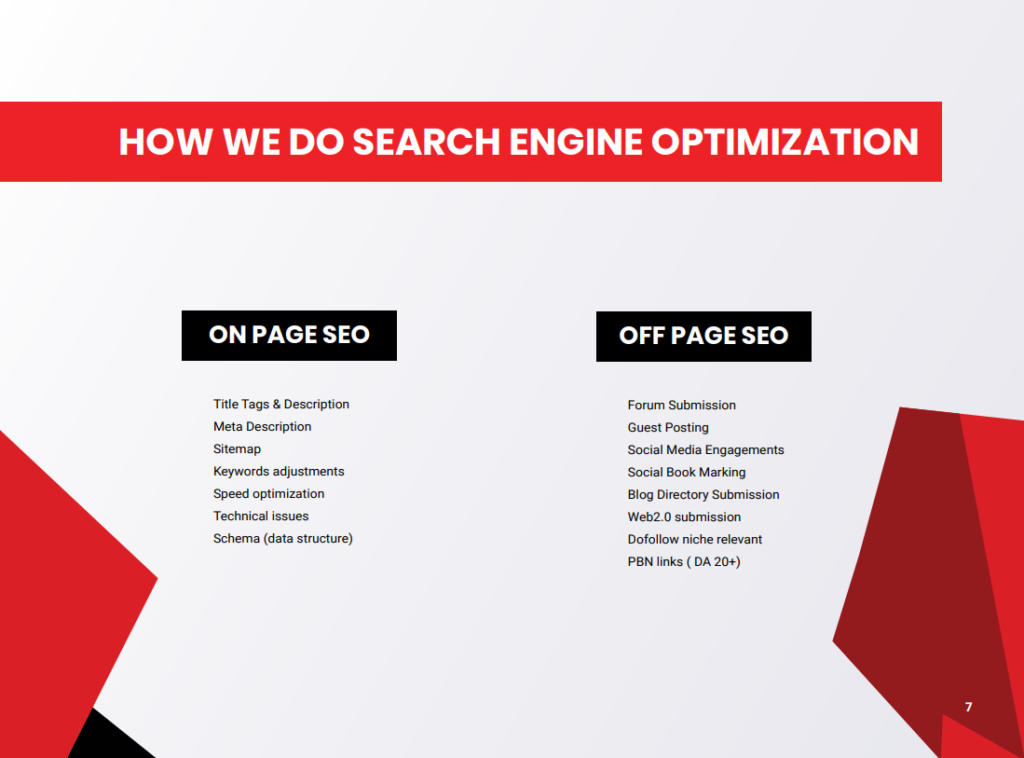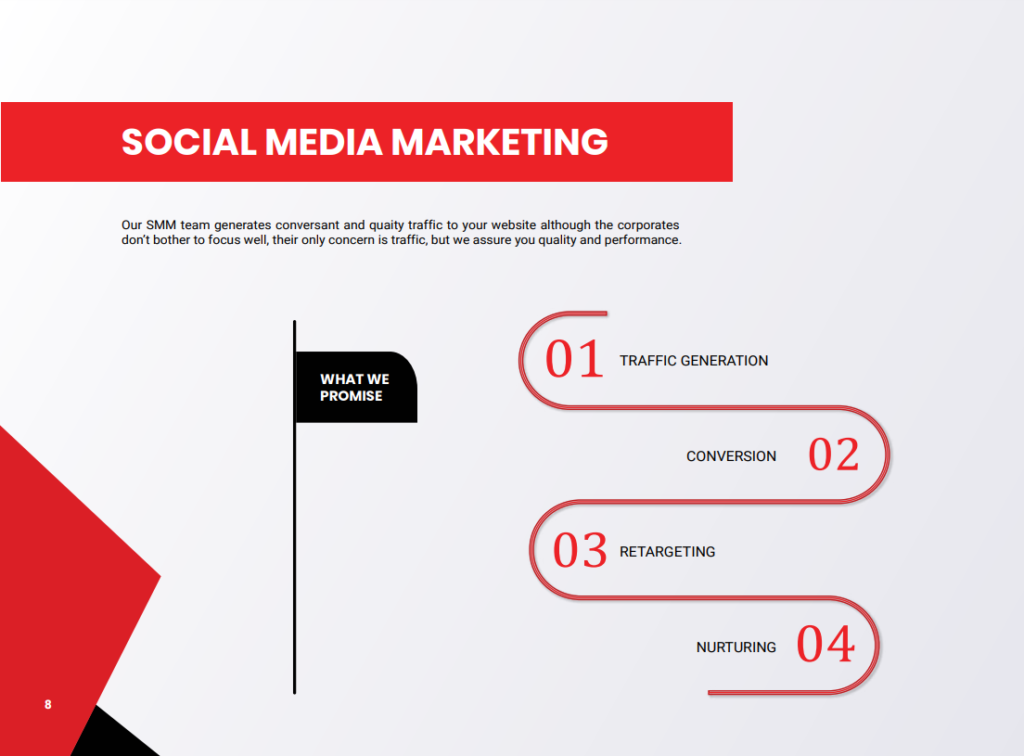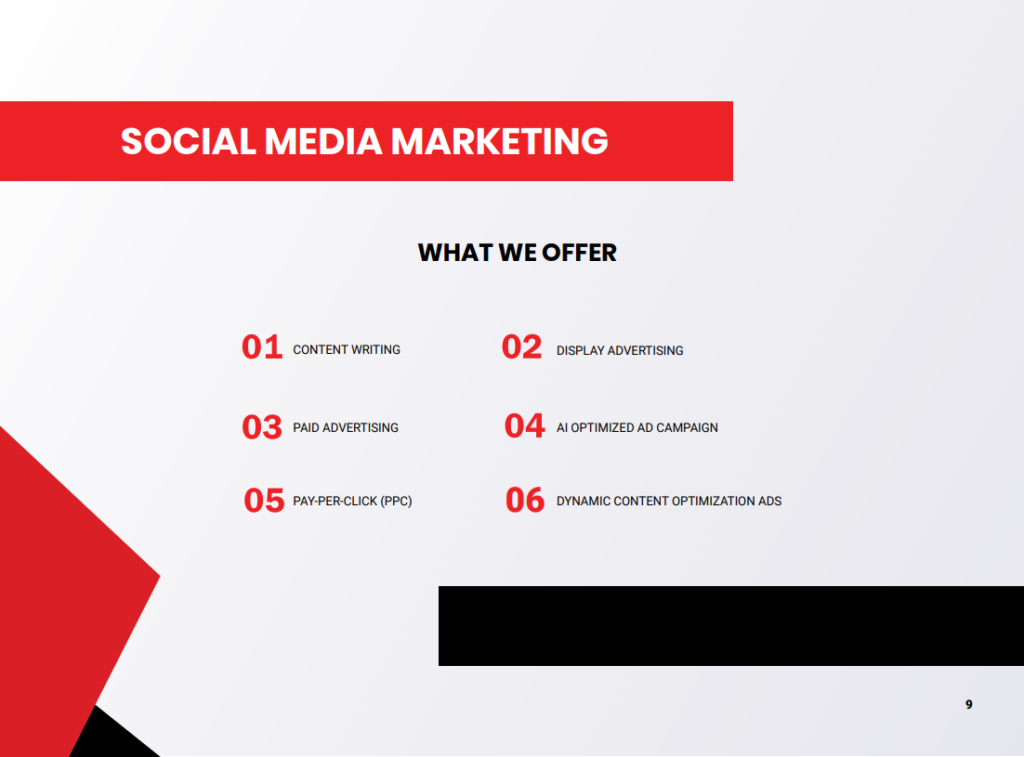Mobile marketing has emerged as a vital strategy in the digital world. By captivating businesses worldwide with its dynamic potential. With the growing number of smartphones and handheld gadgets, organizations increasingly rely on various mobile marketing methods to effectively communicate with their target audience. Here lets, have a debate on the advantages, and disadvantages and disclose the winning strategies of mobile marketing for success.
Shedding Light on Winning Strategies Mobile Marketing
Mobile marketing works on the ways how to reach and engage consumers. From message marketing to mobile apps, each approach is adapted to take advantage of the unique capabilities and preferences of mobile users. By utilizing the force of mobile marketing, industries can deliver unique experiences, drive customer engagement, and finally promote conversions.
Deviation for Winning Mobile Marketing Strategies
So debate of marketing, there are various variations of marketing. Marketing was once conventional. But in the era of the 21st century, there is a hubbub of digital marketing. In this fast-paced time, mobile marketing one of the kinds of digital marketing plays a crucial part in diverse ways. Here you will get to know what it could be.
1. SMS Marketing
SMS marketing involves communicating targeted promotional messages directly to user’s mobile devices via text messaging. It is a real means of quick communication owing to its several consumers. Short message services can be used by businesses to give unique offers, alerts, appointment reminders, and other messages. They allow them to communicate directly with their customers.
2. Mobile Apps
Mobile applications are a key component of mobile marketing campaigns. They provide a dedicated platform for businesses to communicate with customers on a conversion level. Whether, in e-commerce, gaming, or utility, mobile applications allow seamless engagement. It also individualized content delivery, and improved user experiences. Businesses can foster loyalty, increase conversions, and differentiate themselves in competitive marketplaces by creating intuitive and feature-rich applications.
3. Mobile Advertising
Mobile advertising includes a variety of forms, such as display advertisements, native ads, and video ads designed for mobile use. Advertisers may utilize advanced targeting and rich media formats to offer relevant and enticing information to users across mobile applications, internet sites, and various social networking platforms. From brand awareness efforts to direct response initiatives, mobile advertising has unmatched reach and engagement potential.
4. Mobile Search Marketing
As the bulk of internet searches are now made on handheld devices, mobile search marketing has become critical for companies looking to boost visibility in search engine results pages (SERPs). Businesses may efficiently target mobile users and increase website traffic by optimizing their websites for mobile devices, applying local SEO methods, and adopting mobile-friendly ad formats like Google advertisements, and mobile advertisements.
5. Mobile Social Media Marketing
In today’s linked world, social media platforms are essential means for mobile social networking marketing. Businesses may utilize social media platforms to connect with their target audience, provide attractive content, and increase user engagement. Mobile devices make for a substantial amount of social media activity, thus optimizing content for mobile use is critical for increasing engagement and reach.
6. Mobile Email Marketing
Despite the rise of fresh ways to communicate, mobile email marketing remains an essential component of digital marketing campaigns. Businesses must optimize their email campaigns for mobile responsiveness and user experience. Mobile email marketing includes a variety of methods targeted at increasing open rates and conversion rates on mobile devices, such as developing enticing subject lines and designing mobile-friendly email designs.
7. Location-Based Marketing
Location-based marketing uses geolocation technologies to provide customized advertisements and communications to customers based on their actual location. Businesses may successfully engage consumers in real-time by using geotargeted advertisements, proximity marketing, or location-based push notifications, which drive foot visitors to physical locations and improve overall customer loyalty.
8. Mobile Wallet Marketing
Mobile wallet marketing uses applications for mobile payments and digital wallets to provide targeted offers, loyalty incentives, and discounts to customers. By connecting with popular mobile payment services like Apple Pay and Google Pay, companies can ease the checkout process and reward repeat purchases, encouraging customer loyalty and boosting revenue growth.
Advantages of Mobile Marketing
In the fast-paced digital landscape, mobile marketing stands tall as a beacon of opportunity for businesses aiming to expand their approach. Here are the key advantages:
1. Elevated Reach
With the omnipresence of smartphones, mobile marketing offers unparalleled reach, tapping into a vast pool of potential customers. According to Bank My Cell 4.88 billion people are using smartphones as the latest survey of February 2024. This immense quantity leads to an upgraded reach for mobile marketing.
2. Instant Connectivity
Through mobile marketing channels such as SMS and push notifications. Businesses can establish instant connections with their audience, fostering real-time engagement. A world full of technology getting innovations day by day. Every application used by digital marketing gets a ripe fruit only due to instant connectivity to the user.
3. Geo-Targeting Capabilities
Leveraging location-based services, mobile marketing enables precise targeting, delivering tailored content to users based on their geographical location. At this time, artificial intelligence brought accurate map location targeting to achieve the best result in business through mobile marketing.
4. Cost-Effectiveness
In contrast to traditional marketing channels, mobile marketing is often more cost-effective, especially for small and medium-sized enterprises. The best part of mobile marketing is that it is a low-cost and highly result-driven tool. In contrast to conventional marketing, one can reach handsome results in less time.
Disadvantages of Mobile Marketing
While mobile marketing holds immense assurance, it also comes with its fair share of challenges. Here’s a look at some disadvantages:
1. Limited Screen Size
The constrained screen size of mobile devices poses a challenge for delivering comprehensive content, requiring marketers to craft concise yet impactful messages. Many of users, till this era don’t know the hacks of advance technology. When they can’t access the whole content on potable screen they revert the process.
2. Fragmented User Experience
With a infinite number of devices, operating systems, and screen resolutions in the mobile ecosystem, ensuring a consistent user experience across all platforms can be challenging. Though mobile networking or marketing has pros along it fragmented user experience is the biggest problem. Many products and services do not facilitate integrated networking in terms of apps, social media and websites.
3. Privacy Concerns
Mobile marketing strategies such as location-based targeting raise privacy concerns among users, demanding transparent data handling practices to build trust. Every app you want to download from the Apple Store or Play Store accesses your data from a smart gadget. Along with providing a good piece of cake, privacy concern is a hurdle. Many users lose trust in this way.
4. Ad Blockers
The rise of ad-blocking software on mobile devices presents a hurdle for marketers, requiring innovative approaches to bypass these barriers. In this way marketers get disadvantages, but they also harm potential audiences or consumers. Companies can create appealing advertisements to avoid ad blockers.
Disclosing Winning Strategies for Mobile Marketing Success
To thrive in mobile marketing, businesses must adopt strategic approaches tailored to the medium’s unique characteristics. Here altogether we provide you with some winning strategies:
1. Optimize for Mobile
Firstly, ensure that your website, emails, and other marketing assets are fully optimized for mobile devices as well as provide a seamless user experience across all platforms. To win the landscape through mobile marketing there should be optimized social media handles and websites.
2. Personalize Content
Leverage user data to personalize content and offers, during delivering relevant messages that resonate with individual preferences and behaviors. Along with the advantages of mobile marketing, the winning technique for mobile marketing success is accurate content in individual steps. Businesses must focus on customer preferences, behavior, and attitudes toward products and services.
3. Utilize Multimedia for Winning Strategies for Mobile Marketing
Embrace multimedia content formats such as videos and interactive graphics to captivate mobile users and convey messages more effectively. Multimedia’s different wheels should be used by marketers to attract targeted audiences. Businesses run on different niches not only depend on text-based content but also use images, videos, gifs, reels, and stories to reach mobile-using customers.
4. Maximize Social Media Apps
Integrate mobile marketing efforts with social media platforms, leveraging the force of social networks to amplify reach and engagement. Additionally, to reach the shoe of customers, integration of different social media handles leads to conversion through mobile marketing.
Final Words for Winning Mobile Marketing Strategies
Finally, mobile marketing presents a multitude of prospects for trades to link with their audience in substantial ways. By understanding its advantages, addressing its disadvantages, and implementing strategic approaches, businesses can unlock the full potential of mobile marketing and drive sustainable growth in the digital era.








